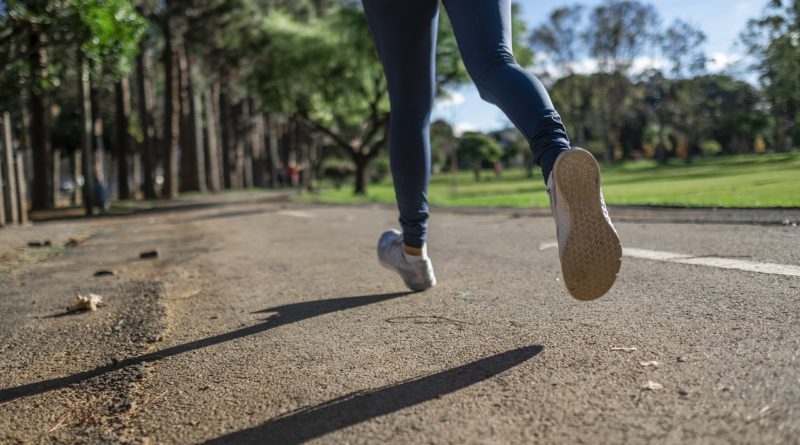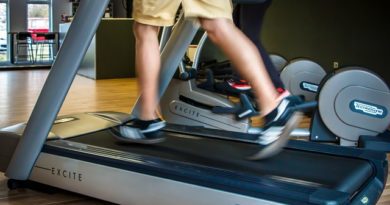Backward Running: What’s All the Hype Surrounding It?
Backward running is a training technique that has been growing in popularity over the last few years. It involves going in reverse (slow jog), with the natural focus being on developing leg strength and muscle endurance to help improve running performance.
This can be particularly beneficial for runners looking to increase their sprint speed, which, in turn, will help them not only in short distances but also over longer distances.
While you may feel weird going backwards, you may love the benefits that can be gained from it.
If you are considering engaging in this form of cardio, you should definitely look for a quality pair of running shoes that provides you with enough cushion and support to fit your personal wants and needs.
Disclaimer: You should always speak to your doctor before starting or engaging in any exercise program to ensure you are healthy enough to do so. Additionally, backward running does come with some risk — do so at your own risk.
What is Backward Running?
Backward running is a variation of normal running, with a slight variance. When you run normally, your feet will hit the ground in front of your body. When you go backwards, they will land behind your body.
Related Article: Running Improves Knee Pain — How is This Possible?
Want something even more challenging? The advanced version of this exercise is running uphill backward. The main purpose of backward running is to improve the performance of athletes in different sports such as football, baseball, soccer, etc. It also helps in improving speed and agility.

What are the Benefits of Going in Reverse?
Recently, researchers at the University of Milan and the University of Cardiff have found that backward running may actually have some hidden benefits that most people are unaware of.
The team found that backward running applies less pressure on the joints than regular running, which helps reduce the risk of knee injuries.
Another study showed that this seemingly bizarre trend could actually burn more calories than traditional running, with participants losing an average of 2.5% of their body fat over the course of the study.
Fitness experts state that going backwards can help to improve posture and increase muscle strength. It’s been found to use 30% more energy than traditional forward running — providing a better workout in the same amount of time.
In his book Running Backwards, Dr. Robert K Stevenson writes that anyone serious about improving athletic performance, physical condition, and outlook on life would benefit from looking closely at backward running and its benefits.
Here are six benefits of this interesting form of exercise:
1. Work different muscles
Backward running is great for building muscle as it forces you to work your core, glutes, and hamstrings — muscles that don’t get much love when you run forwards. You will also get a good workout for your calves, quads, and hip flexors. And since it uses different muscles than going forward, it can help alleviate pain in the knees, ankles, and feet.
2. Strengthen your cardiovascular system
If you are training for a race or want to improve your cardiovascular system, mix up forward and backward running to increase your lung capacity.
Click here to continue reading…


*Disclosure: This article may contain affiliate links or ads, which means we earn a small commission at no extra cost to you if you make a purchase through these links. These commissions help support the operation and maintenance of our website, allowing us to continue producing free valuable content. Your support is genuinely appreciated, whether you choose to use our links or not. Thank you for being a part of our community and enjoying our content.
PLEASE CONSIDER SHARING THIS ON YOUR SOCIAL MEDIA TO HELP OTHERS LEARN MORE ABOUT THIS TOPIC.





